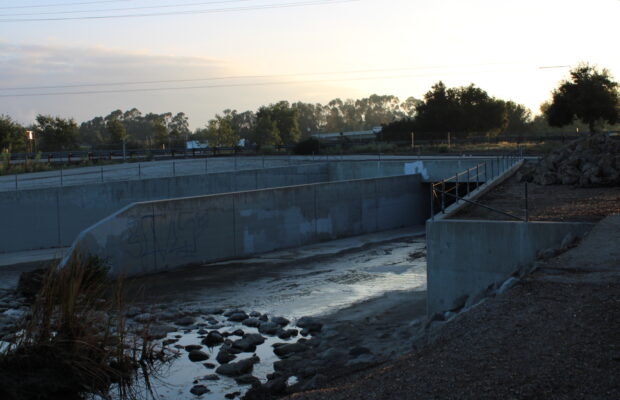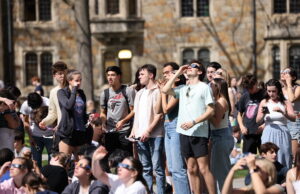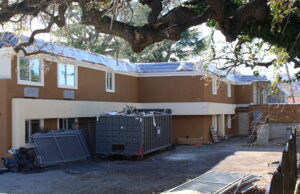City and county aim to save homes from flood zone

July 18th, 2023, a city of Thousand Oaks staff report disclosed the conclusion of a feasibility study conducted by United States Army Corps of Engineers [USACE], in 2020. The study resulted in the discontinuation of further federal support over the South Branch Arroyo conejo [SBAC].
The USACE reached this conclusion based on the hypothetical total amount of damage that could be caused by a future flood in the SBAC. The study found that a flood would total up to less than a million dollars in damages. This made the USACE determine that the cost-to-benefit ratio would result in the continuation of the study to be unwarranted.
Thousand Oaks and the Ventura County Watershed Protection District [VCWPD] are beginning their own private hydrology study conducted by Kasraie Consulting, costing around $288,000. With the city will covering 60% of the total costs, and the VCWPD will covering the remaining 40% of the study.
Both of the government entities’ goals are to remove 300 Casa Conejo and Newbury Park homes out of the Federal Emergency Management Agency. [FEMA], 100 year flood zone inorder to alleviate the residents from the financial burden of mandated flood insurance within the zone. totaling an estimated cost of $288,000. The city and the VCWPD have come to the agreement that the city will cover 60% of the total costs of the study, and the VCWPD will cover the remaining 40%.
In 2010, FEMA made changes to the flood zone map of Thousand Oaks, the revisions ended up resulting in 300 Newbury Park and Casa Conejo homes off of Borchard and Wendy road being placed in a 100 year flood zone. This designation requires all the homeowners within it to pay for flood insurance. According to an August 23rd 2023 Forbes article the average annual cost of flood insurance per household is $849, in a total year for all the homes combined that is roughly $254,700. For some households in the area $849 a year can be a dent in the wallet, especially people on low income, and people dependent on fixed income programs such as social security.
In 2014, The City and VCWPD requested that the USACE conduct an interest of determination, in order to verify if there was federal interest in running a feasibility study, which was approved. By 2015, the feasibility study covered the possible financing of how the city and VCWPD could mitigate flood damage.
Throughout the entire study, there was a highlight shined on the SBAC storm drain box, which lies underneath the 101 near the Borchard freeway off-ramp, which the drain was originally thought to be too small, and thought to be a contributor into the flood zone designation.
Thousand Oaks Deputy director and city engineer, Nader Heydari, explained the result of the study, which left with USACE finding there was little to no cost-benefit ratio to the expansion of the storm drain. “The study determined that the drain wasn’t the cause of there being a flood zone” Heydari said. According to Heydari, the study found that the city and VCWPD may still experience flood risk due to the inadequacy of the drainage systems within the city and Casa Conejo streets. In 2020, the USACE dropped further study and recommended that the city and VCWPD pursue local solutions rather than federal grants.
Although the USAC] has communicated to the city that the full report will be declassified in October after the draft is finish; the City and the County have begun a new joint hydrology study with Kasraie consulting over last summer, to model the SBAC area in order to determine how to get residents out of the flood zone. Heydari expressed his wishes for what benefits the new study will provide. “Our hope is, we can improve the situation for the property owners,” Heydari said.



